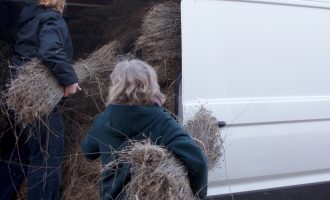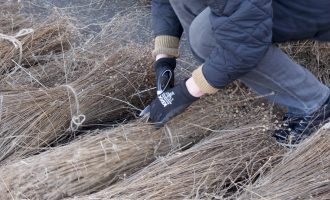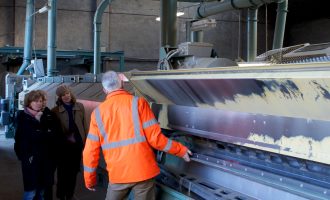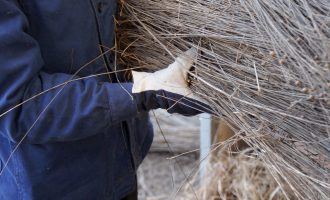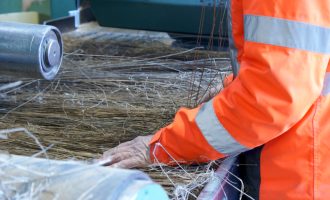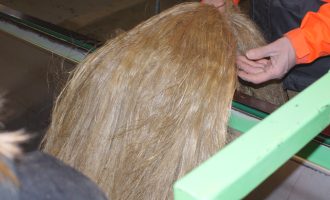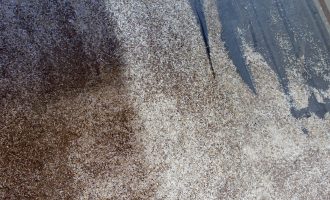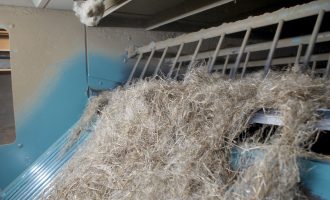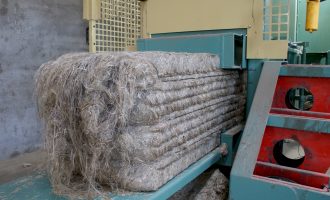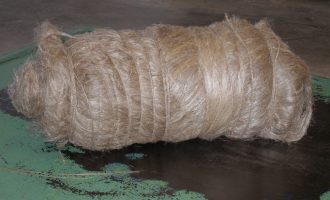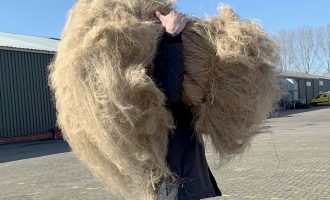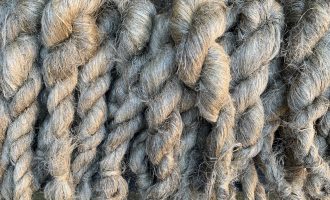machine processing the linen stewards flax yield at van de bilt zaden en vlas bv, sluiskil
Having cultivated, harvested, and processed their flax by hand, the Linen Stewards decided to explore what it would mean to have the remainder of their collective 2020 and 2021 flax yield industrially processed. In February 2022, a group of stewards drove a small moving-truck piled full of flax sheaves to flax production specialists Van de Bilt zaden en vlas bv in Sluiskil, and participated in this process. The video registration by Theodoor Adriaans sharing insight into the experience as well as the company’s activities as part of the wider flax industry, is available to view in the flaxicon. Many thanks to Lenno Vermaas and Bart Depourcq for sharing their knowledge and time.
Within the Shared Stewardship, methods are explored that fit the needs and conditions that the group encounter. Having the flax scutched by machine contributes to further (hand) processing steps and experiments – hackling, spinning, weaving, paper-making, etcetera – becoming more accessible in consideration of the available time and energy in our everyday lives.
The flax fibres returned to the Linen Stewards as a considerably smaller, manageable volume: 17.7 kg of long fibres from 2020, 14.4 kg of long fibres from 2021, and 40 kg of the shorter hackling tow or ‘klodden’. The yield was shared equitably amongst the interested members of the Shared Stewardship community. A flax-working day was held to first twist the long, scutched fibres into flax stricks for ease of handling. A portion of the hackling tow was allocated for paper-making at De Middelste Molen, on initiative of Linen Steward Loes Schepens. Excess material, for example, the woody shives, was collected by Van de Bilt along the processing line for use in various applications.
-
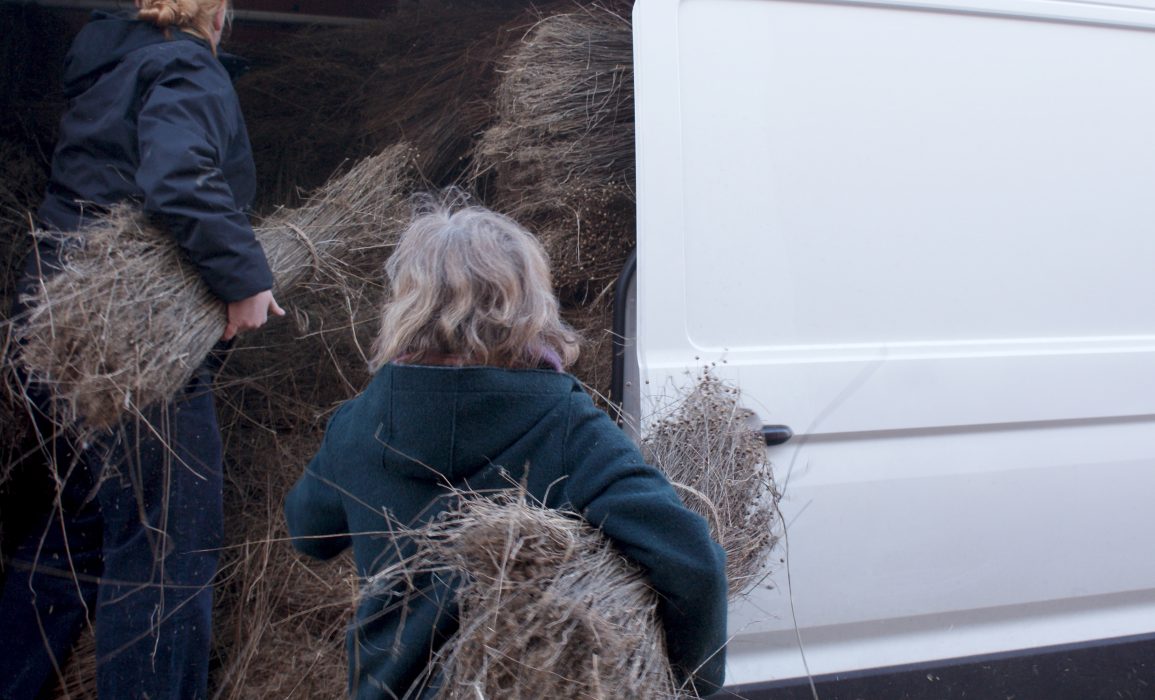
unloading the flax cargo from the moving-truck
-
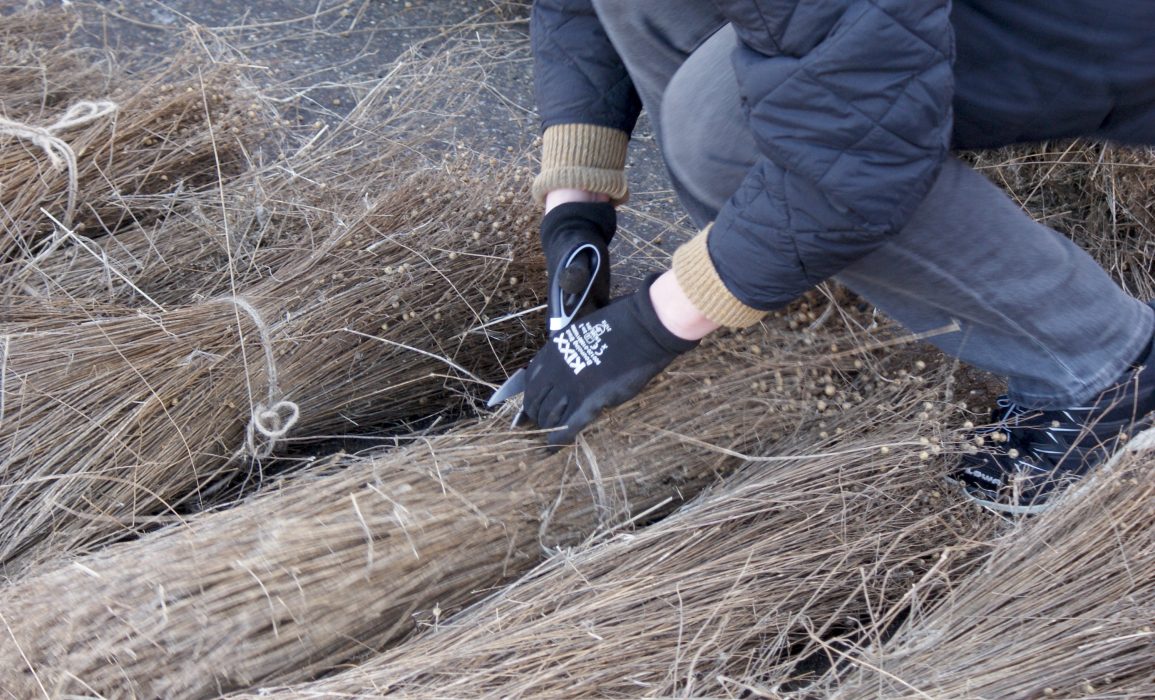
laying down the sheaves in a spread as if on the field
-
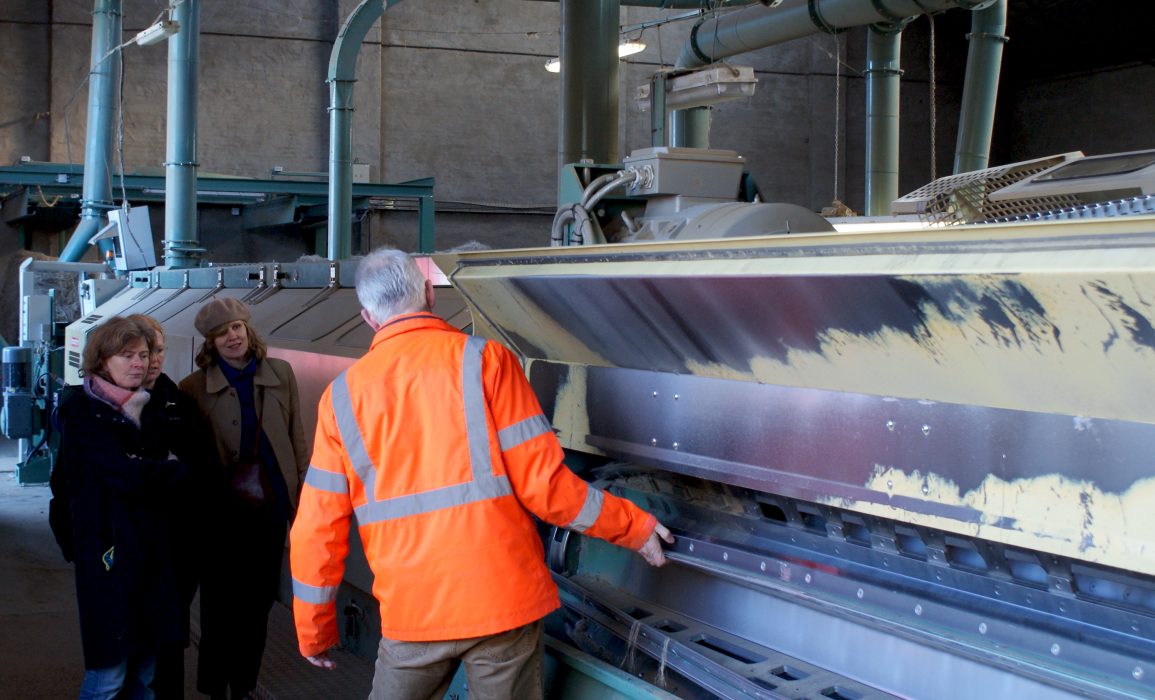
lenno vermaas shares his knowledge with the linen stewards
-
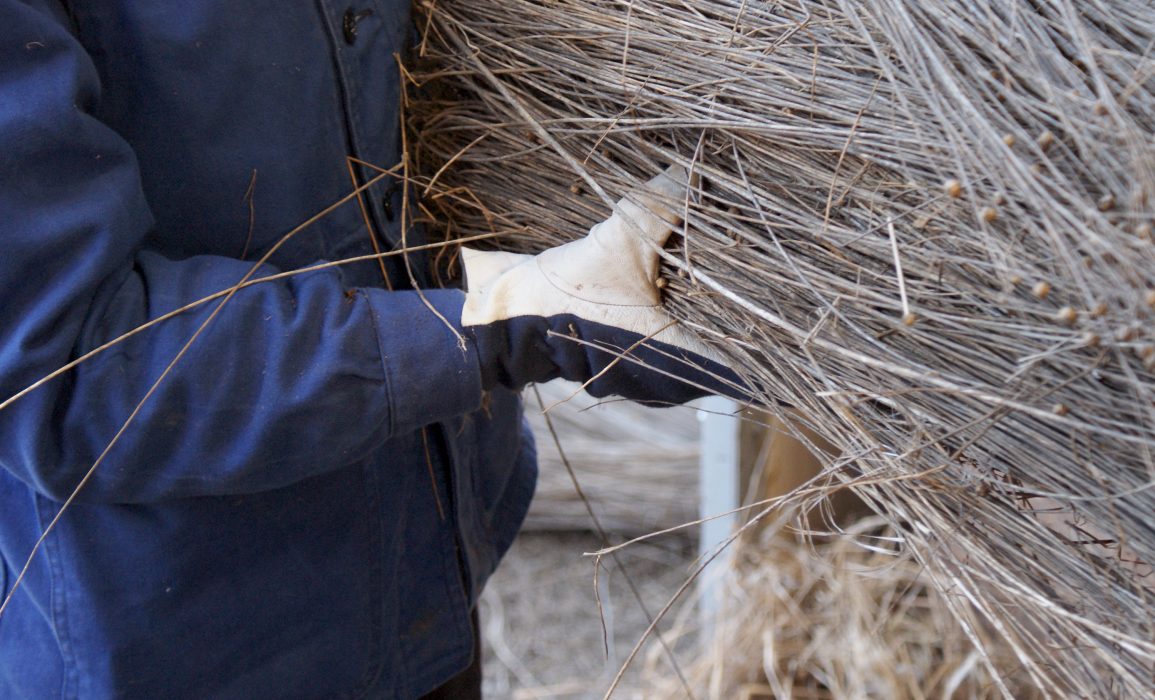
loading the sheaves into the processing line
-
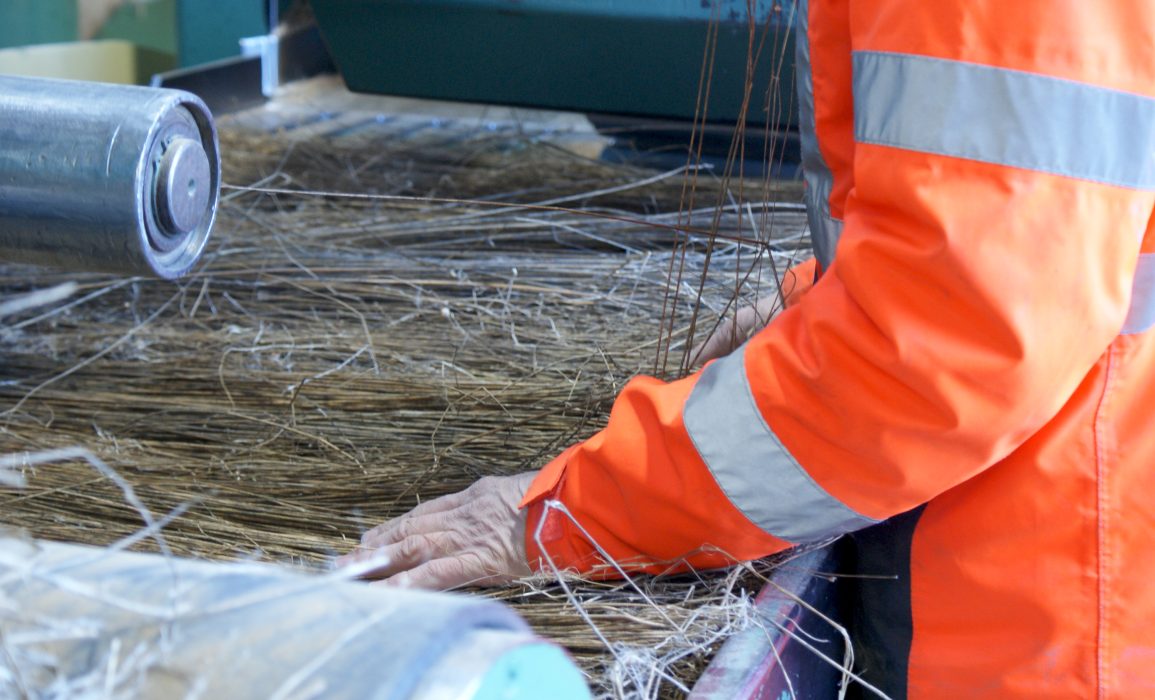
spreading the flax for even processing
-
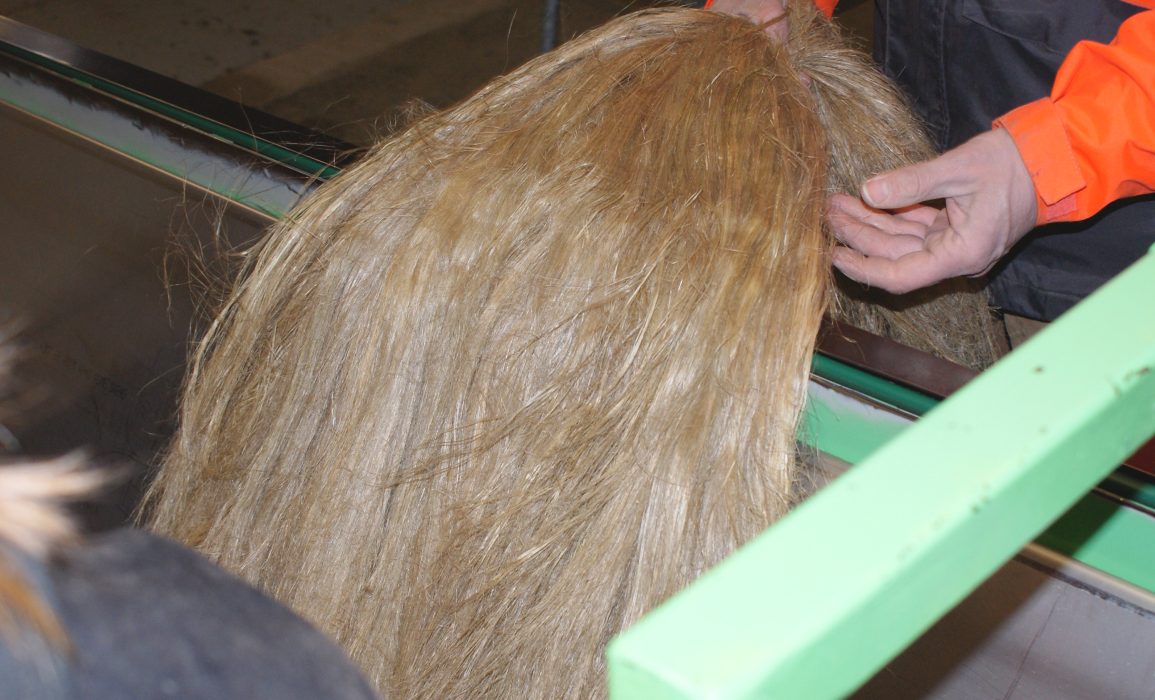
industrially scutched flax
-
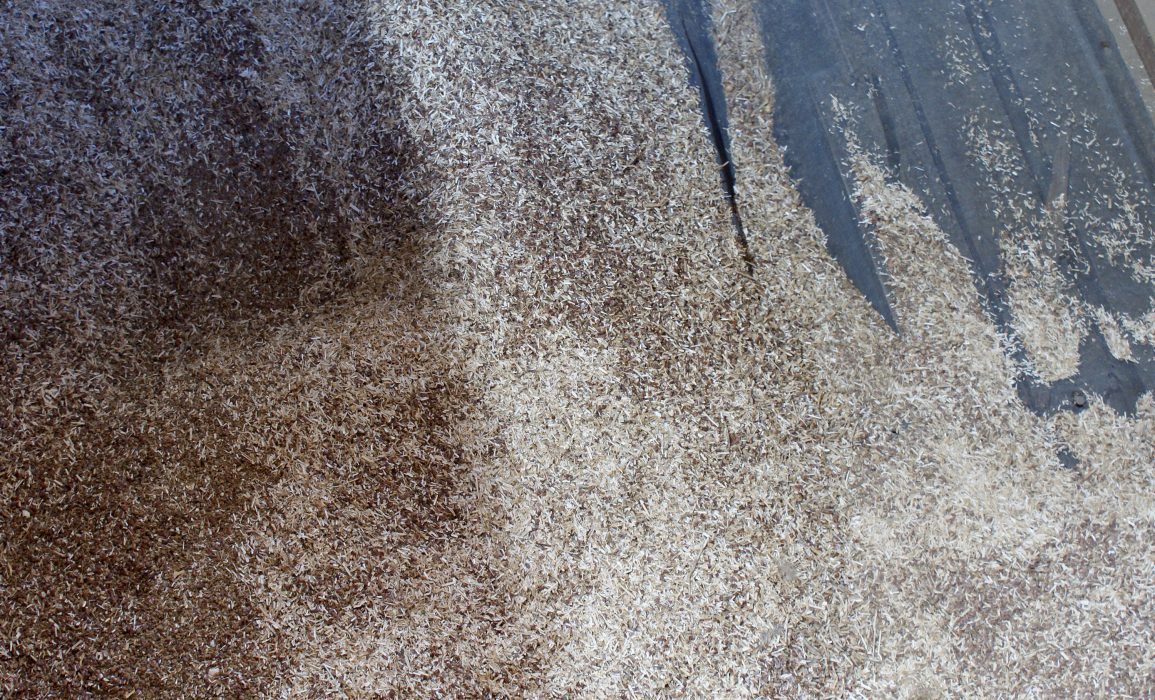
woody shives are collected along the processing line
-
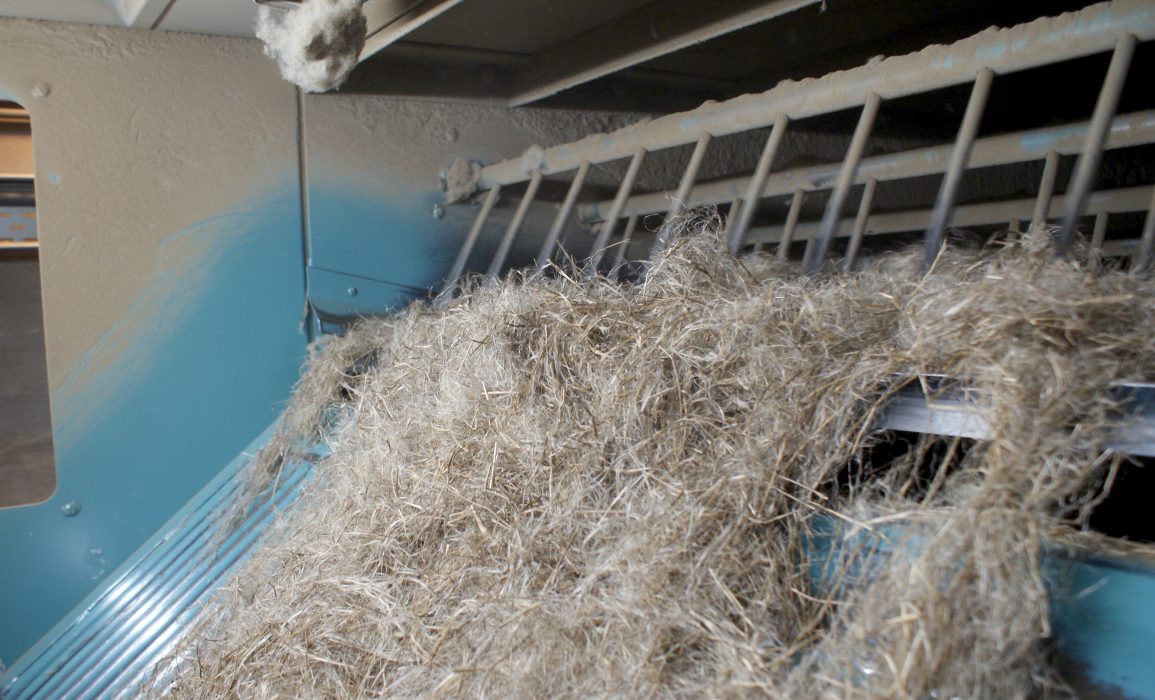
the shorter hackling tow or ‘klodden’
-
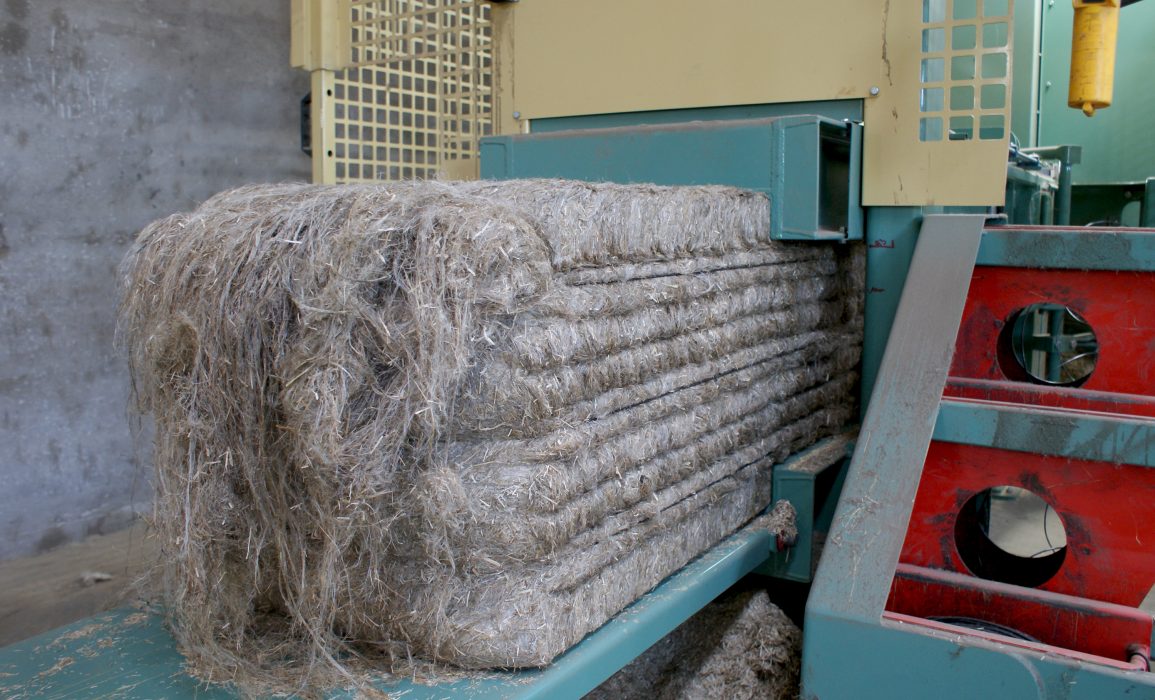
a compressed 40 kg bale of the shorter hackling tow
-
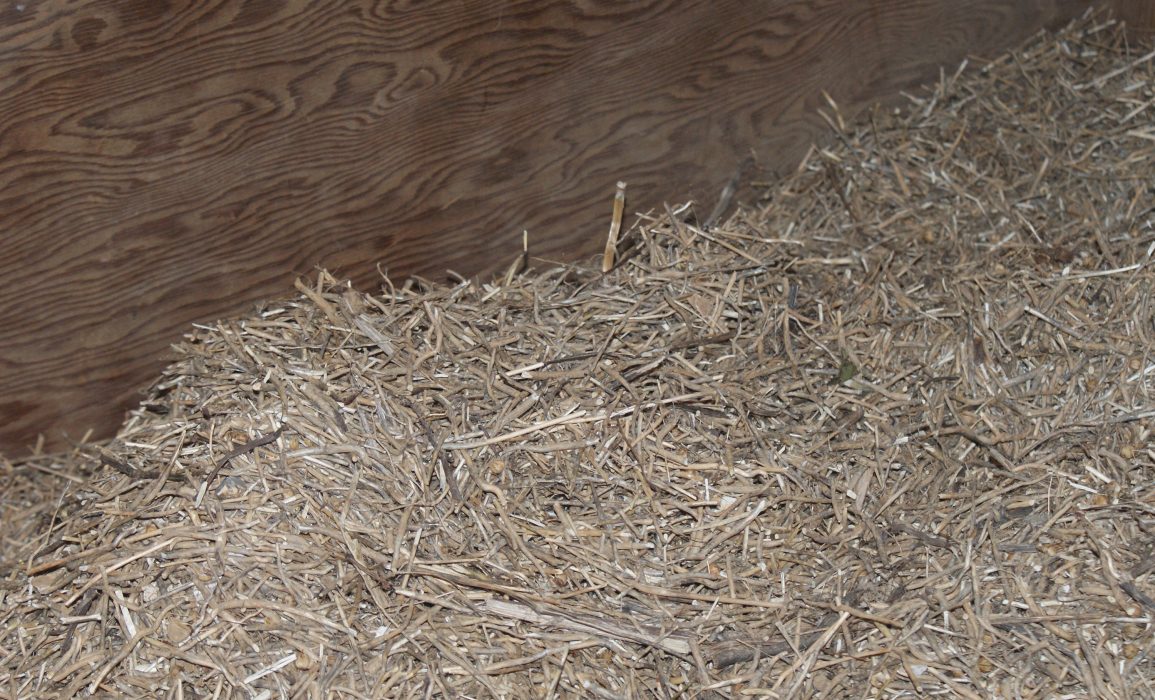
the flax plant is utilised in full with the exception of the root tip, pictured here
-
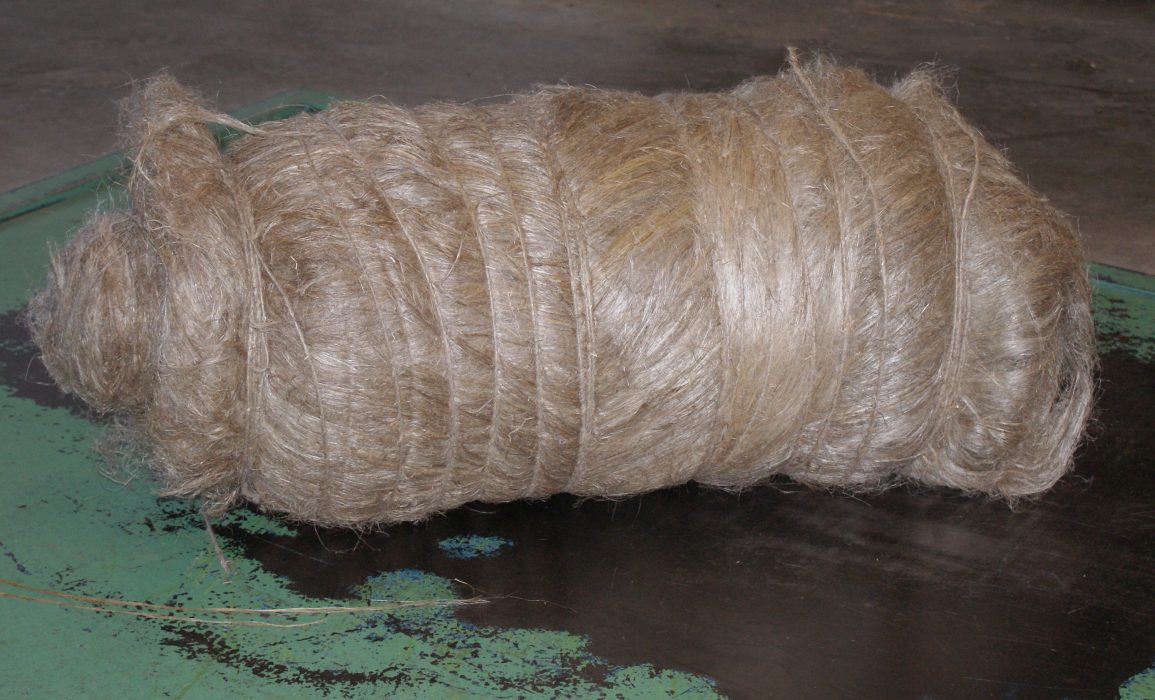
14.4 kg of long fibre from 2021
-
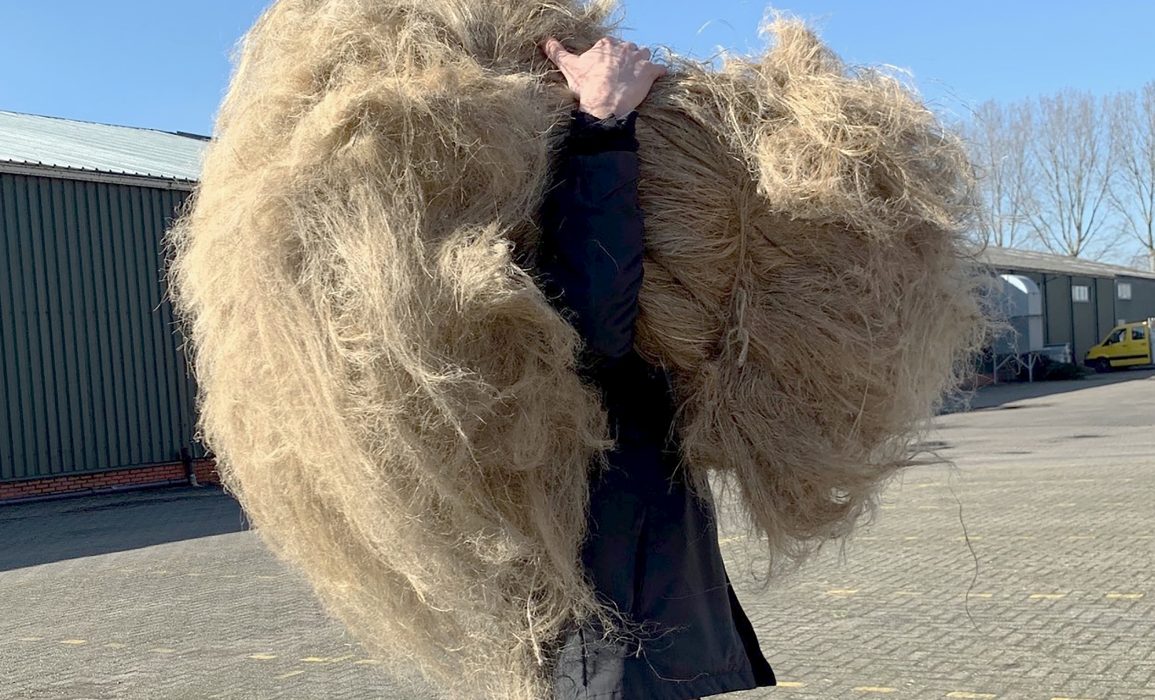
17.7 kg of long fibre from 2020
-
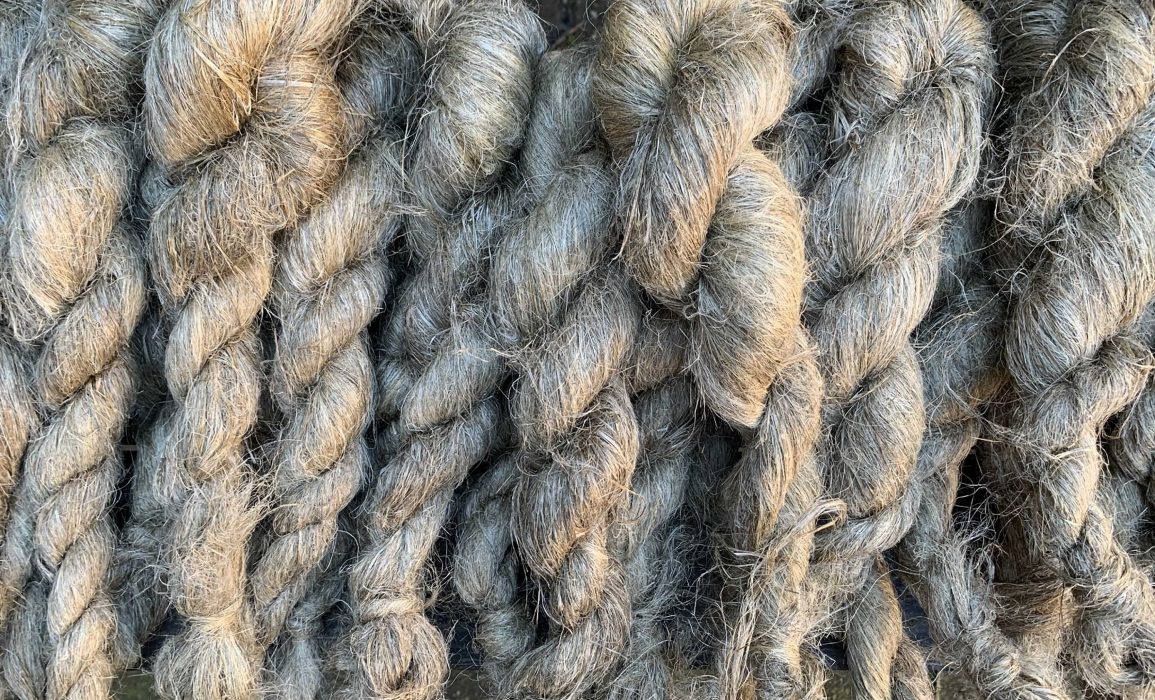
hand-twisted stricks of scutched flax ready to be shared amongst the linen stewards
